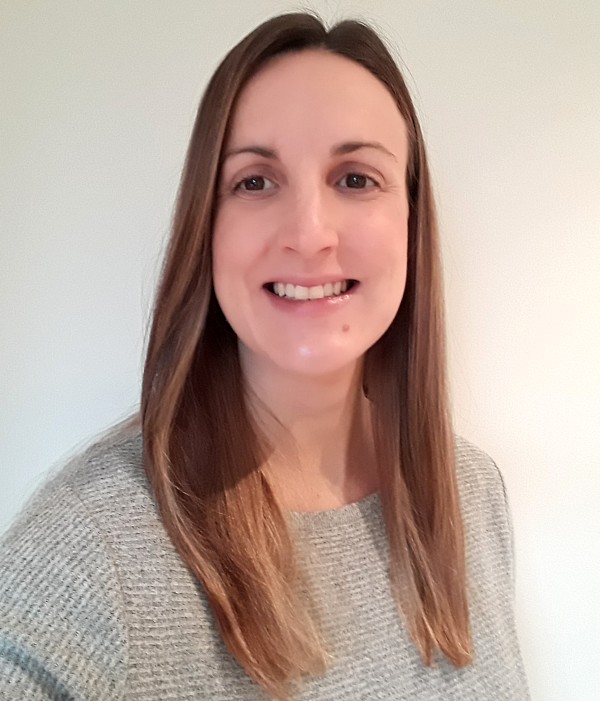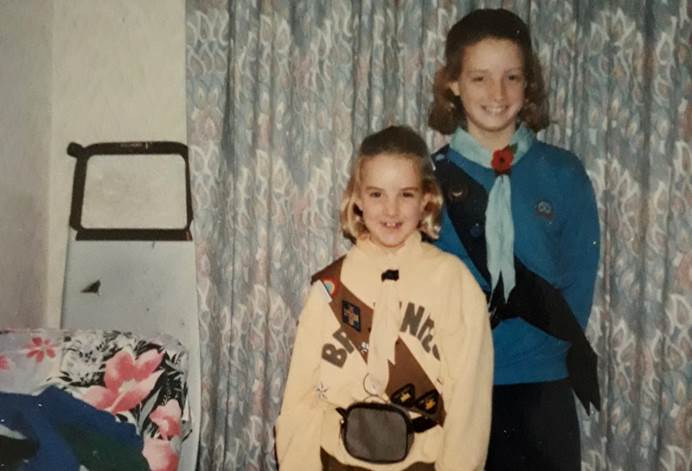Inventing Brownies
Steph from DePuy tells us what it's like to be a mechanical design engineer
DePuy Synthes sponsors the Inventing interest badge for Brownies.
To earn the Inventing badge girls will challenge themselves to learn about female inventors and think about what they could build to help solve a problem in their everyday life. We talked to Steph, a mechanical design engineer at DePuy Synthes to find what her job involves and how being a Brownie set her on her path.
 Tell us a bit about yourself
Tell us a bit about yourself
I’m a mechanical design engineer working in the orthopaedic industry. I studied mechanical engineering at Leeds University, where my passion for medical engineering really blossomed. I went on to work as a clinical engineer in the NHS for a couple of years before joining DePuy Synthes. I work on the design and development of surgical instruments that are used during hip and knee replacement surgery. Outside of work I like to keep fit and play competitive netball for a couple of local teams.
What does an average day look like for you?
A normal working day starts with a cup of tea while I check emails and plan my work for the day. Sometimes I will be working on the design specification to understand what the surgeon needs to perform their job safely and efficiently. Other times I will be creating concepts to meet the specification, using a range of tools from sketching to computer-aided design and 3D printing to bring concepts to life.
What has been your favourite invention so far?
My favourite invention so far is a device to help position implants during total hip replacement. It was a novel solution, requiring the application of new technology. Part of the development process for this invention involved a call with NASA, which was fascinating and very exciting!
What did you learn in Girlguiding that has helped you in your career?
Arts and crafts were my favourite activities and I think this is where my passion for inventing started! I loved the opportunity to create something and make it my own. I also enjoyed exploring the outside and learning about nature through the Rambler and Discoverer badges. There’s lots of inspiration for inventing when you look at the natural world around you.
Do you find inventing comes naturally or is it more down to hard work and experience?
I think I have always had an inquisitive mind, questioning why things are the way they are. However, I’ve had to develop skills to be creative and find novel solutions. I’ve also had to learn to step out of my comfort zone and let ideas flow rather than getting bogged down in the detail too early on. One of the biggest things I’ve learned over the years is that even if it turns out that an idea doesn’t work right now for the application I intended, it might work in the future and is therefore still useful. There are no bad ideas, but you might have to develop large numbers of ideas to find the creative and innovative solutions.
Do your best ideas come from collaboration or working on your own?
Definitely from collaboration. Working as part of a team has helped me to stay in the creative stage for longer, expanding initial ideas and exploring alternative options.
Which female inventors or entrepreneurs do you admire?
The first inspirational female engineer I came across was Professor Anne Neville at the University of Leeds. I was inspired by her ability to hold her own in a very male-dominated environment. But I was also intrigued by her approach to research and how to find creative ideas. For example, she has been investigating the tribological systems that are available in nature, such as the ability of tree frogs to attach and detach themselves from surfaces – with the aim of replicating this in engineered devices for surgical applications. I think we can all learn from this approach of looking to other industries and environments around us to find novel solutions to everyday problems.
Do you have any top tips for future inventors?
Whatever the problem you are aiming to solve, try to create lots of different concepts and solutions. You might come up with a great idea first, but you won’t know it’s the best idea until you have continued to explore other ideas. There’s also never a bad idea, it just might not work for the current problem, do make a note of it and save it for the future!
Brownies inventing badge
Inventors see a problem and think up a solution, and now with our inventing badge, you can too! What would your invention be?
